The Chevrolet Bolt Has a Glaring Problem

General Motors is taking the slow and steady approach when it comes to sales of the all-electric Chevrolet Bolt, which might be the right path for a highly complex new car. Reviews show it to be a well-composed vehicle with decent fit and finish but, like any new car, there are some teething issues.
Like many of the other models in its class, the Bolt’s windshield is shaped and angled to maximize the vehicle’s efficiency. It works well in most regards, but one aspect has proven troubling. In top-line Premier trim, the Bolt comes with an interior trimmed in what GM calls Light Ash Gray and Ceramic White, paired with a dashboard that is also (very) light gray in color. Due to the dash’s relatively smooth surface, this color combination causes significant glare on sunny days — to the point where certain owners don’t feel safe driving it.
We were tipped off to the issue by a couple of complaints to the National Highway Traffic Safety Administration and decided to check out some forums and owner groups to see how prevalent the problem really is.
This nine-page thread on ChevyBolt.org details the discovery of the issue in January of this year, along with some troubleshooting and various fixes attempted by owners. All of the reported cases appear to be Premer-trim cars with the same interior combination. Models with darker dashboards are not showing any issues.
The examples with corresponding photographs shot at eye level show just how bad the issue can be. In response, some owners have designed makeshift fixes to help reduce the glare. Some have resorted to placing black cloths or matte black decals on the dash while others turn to cheesy dash carpets made just to make their drives bearable. One owner even went as far as replacing the whole dashboard with a dark gray unit — a decision that ended up costing $2,500 at the dealer.
The two NHTSA complaints mirror the descriptions on the forum and request a new, darker dash. Some of the forum users speculate that the issue was missed during testing because the mules had a cover on the dash to hide the vehicle’s details.
All of the fixes so far have been completed by owners. We reached out to GM for comment, but the automaker has not yet issued a response.
[Image: General Motors]

More by Bozi Tatarevic
Latest Car Reviews
Read moreLatest Product Reviews
Read moreRecent Comments
- Bd2 To sum up my comments and follow-up comments here backed by some data, perhaps Cadillac should look to the Genesis formula in order to secure a more competitive position in the market. Indeed, by using bespoke Rwd chassis, powertrains and interiors Genesis is selling neck and neck with Lexus while ATPs are 15 to 35% higher depending on the segment you are looking at. While Lexus can't sell Rwd sedans, Genesis is outpacing them 2.2 to 1.Genesis is an industry world changing success story, frankly Cadillac would be insane to not replicate it for themselves.
- Carson D I rode my bike past a BMW iX M60 as it was being loaded with beach stuff the other day. It sounded like it was idling quite loudly, but it is an EV. I was surprised by the noise, because I thought it was a Fisker Ocean as I rode up to it, and I know that they're EVs. Has anyone here driven an iX M60? Is it normal for them to sound like real automobile while their owners are running the A/C in a parking space?
- Carson D Cadillac has been dead for 40 years. Just make Cadillac the top trim level on the GMC Yukon and call it a day.
- 3SpeedAutomatic I'd like to see a sedan:[list][*]boxy in shape, avoid the windshield at a 65º angle BS[/*][*]tall greenhouse, plenty of headroom to sit straight up in the back seat[/*][*]V8, true dual exhaust, sans turbo, gobs of torque[/*][*]rear wheel drive, fully independent suspension, accommodate a stretched wheel base (livery service would go nuts)[/*][*]distinctive, tasteful colors (black, navy blue, claret, etc.)[/*][*]more substance, less flash on dashboard[/*][*]limited 5 yr run, get it while you can before the EPA shuts you down[/*][/list]
- Bd2 Mark my words : Lexus Deathwatch Part 1, the T24 From Hell!
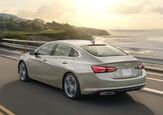

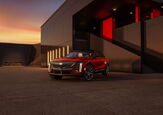



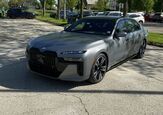











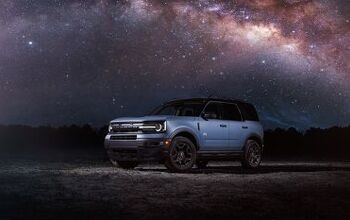
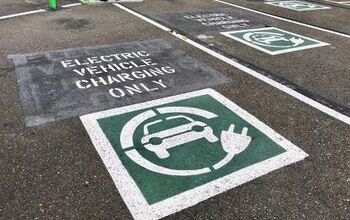
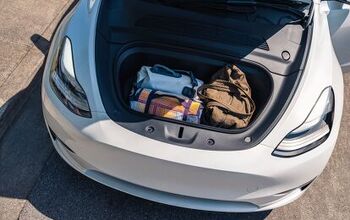
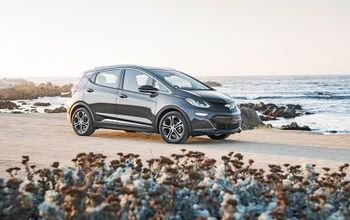
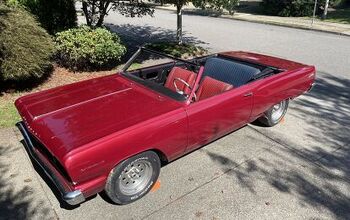

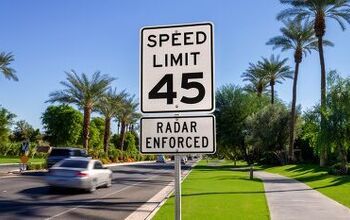
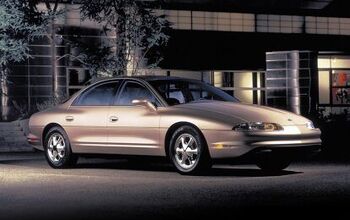




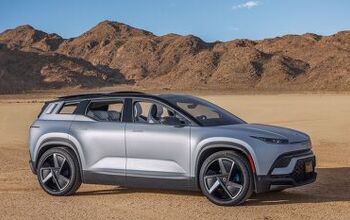


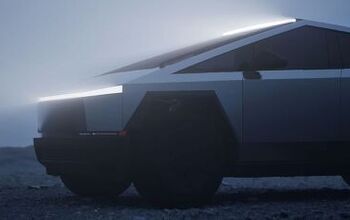
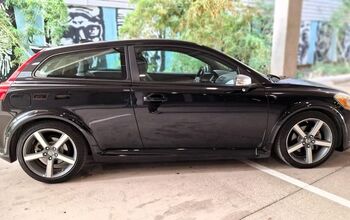
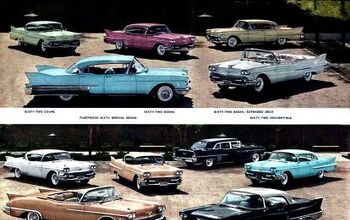
Comments
Join the conversation
Highly sloped windshields are a pain. Besides glare . . . . 1. Greatly increases heat load on AC in hot sunny weather. Here in Arizona the car's AC is like Sisyphus, using car's power to push out large thermal load from hot dashboard. 2. Hard to clean: really a pain to get these large windshields clean. 3. Poor visibility from surface films: besides glare, a low angle windshield will have worse visibility under same dirtiness. CAFE means we have to compromise car design to squeeze out every last mpg, I'd rather have more reasonable angle on windshield.
So would a bordello red dashboard glare like that? What about avocado green? How about medium blue? Bring back malaise colored interiors!!!